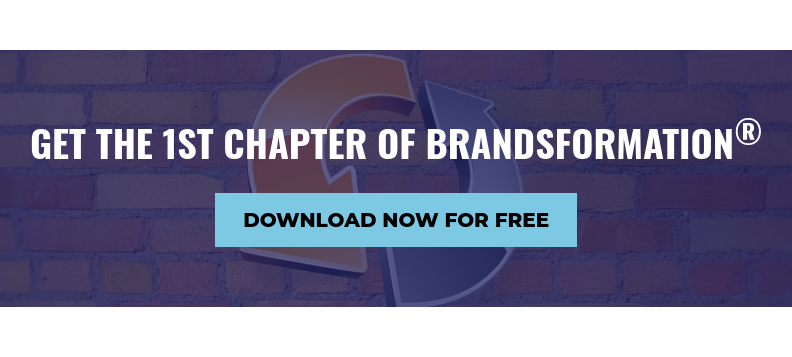Does Radio Work?
 You’d be surprised how many times I'm asked this question in conversation. We have stats and figures that prove radio works. In fact, radio works better than any other form of traditional advertising. So, does radio work? Yes. Of course it does.
You’d be surprised how many times I'm asked this question in conversation. We have stats and figures that prove radio works. In fact, radio works better than any other form of traditional advertising. So, does radio work? Yes. Of course it does.
The more important question is: how do you know if it was radio specifically that brought results, instead of any other media you’re using? That’s the $10,000 question.
When I get the “does radio work?” question, I steer the conversation towards tactics to track radio when it's being utilized with other media, simultaneously.
As John Wanamaker famously stated:
"Half the money I spend on advertising is wasted; the trouble is I don't know which half."
If John were alive today, I’d love to have a friendly discussion with him about that comment. If I could talk to him, I’d tell him that the most effective way to track your adverting dollars is to add one medium to your media mix at a time. If you see an increase after adding radio, for example, then the increase can be attributed to radio.
This arms you with valuable insight on where to invest the bulk of your advertising dollars in the future. Naturally, it would be shortsighted of me to expect any business owner to just use radio, or to strategically and methodically add one media at a time. The real world doesn’t work like that, unfortunately.
Other Strategies to Track Radio
In lieu of that, there are still some tactics you can use to measure radio specifically. In fact, you can use these with any advertising medium.
1.) Make a radio specific offer. Now, I’m not advocating for turning your radio ads into a coupon. “Mention this ad …” style messages never work. What does work, though, is to create an offer you only advertise on the radio. When customers come in to redeem the offer, you can attribute it to radio.
2.) Use a radio specific call-to-action. Similar to the above, give your listeners something to do that they only would have heard from your radio ads. For example, you could setup a landing page on your website and only promote it in your radio commercials: “Visit mywebsite.com/radio to learn more.” Any visits to that page can be attributed to radio. Or, use a phone number you only advertise on the radio. Any calls to that number can be attributed directly to your radio efforts.
While both of these tactics can and do work, they’re not entirely foolproof because listeners are people, and people don’t pay attention to every single thing they hear. For example, if someone hears your ad with a phone number used only for radio, they may not remember the number, or that you wanted them to call. Instead, they’ll look you up on Google and fill out the contact form on your website. That lead came to you as a direct result of your radio ads, but since they didn’t call the number, radio won’t get the credit.
Unfortunately, this happens more often than not given the nature of how people engage with advertising messages.
A Better Way
The best way to track your advertising effectiveness is to break the mold. Don’t keep your advertising mediums separated from each other. They should work together to meet a single goal. Your messages needs to be consistent in all media. Don’t talk about your annual sale on the radio, and then have a branding campaign running on television, and an un-related billboard with a different message on Division Street.
That will confuse your potential customer base, dilute your message, and lower your results across the board. You’ll be left with lackluster outcomes, and wondering the same thing John Wanamaker did: what didn’t work? And why?
Instead, be consistent. Be congruent. Use the same voice in your radio and TV ads. Use the same music - or better yet, a jingle. Use the same script and strategy-based message to dramatize your differentiating idea. Your billboards should use the same message and match the colors on your website that also exist in any online display ads you’re running.
When it comes time to change your message, do it everywhere and all at once. This approach will turn your marketing dollars into an investment instead of an expense. Soon, your ad budget will create a snowball effect. Without spending any additional money, you’ll get bigger and better results. All because you were consistent and approached your marketing with strategy.
Here’s a Pro Tip
Don’t invest in any medium until you’ve reached a dominant frequency in the previous medium. Why? Because doing so will bring you back to wondering which half of your advertising is working. A dominant frequency is what is needed to get results in any medium. Without it, you’ll spread your budget thin and be frustrated with your lack of success.
For a great visualization on this, watch Chuck Mefford’s video on the cups analogy.
Next Steps
To see these strategies in action, check out our summer blog series for The Best Advertising Strategies. Each client featured here does exactly what I talked about above: they’re consistent in everything they do. Listen to their ads, and read their strategy messages. Look for common themes, and see if you can apply them to your business.
Of course, we’re happy to help. Helping our clients be consistent with their messaging is of key importance to us. Regardless of how much radio you’re using, if you’re not being consistent elsewhere, your radio efforts will suffer as well. Feel free to reach out when you’re ready.



